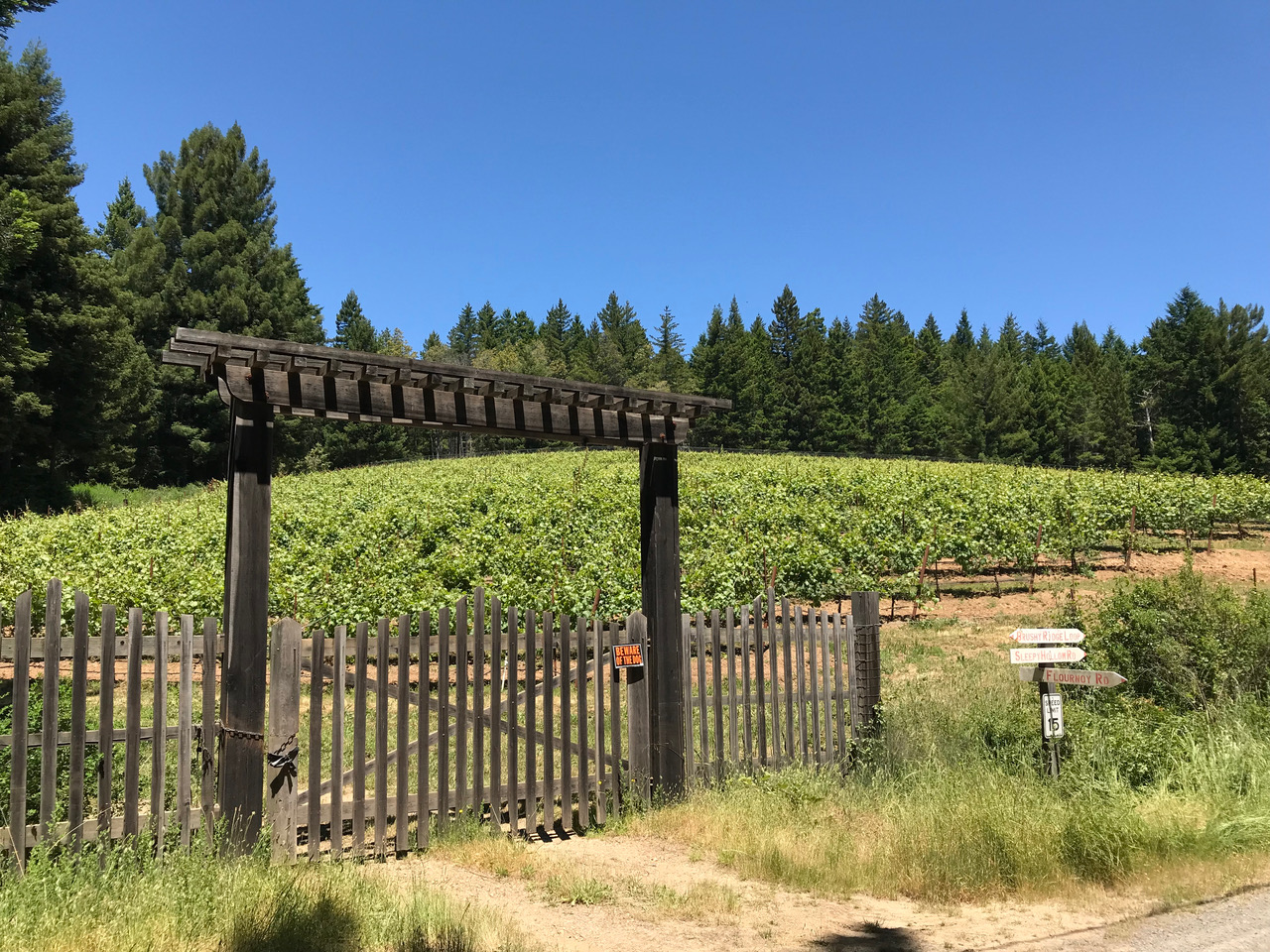
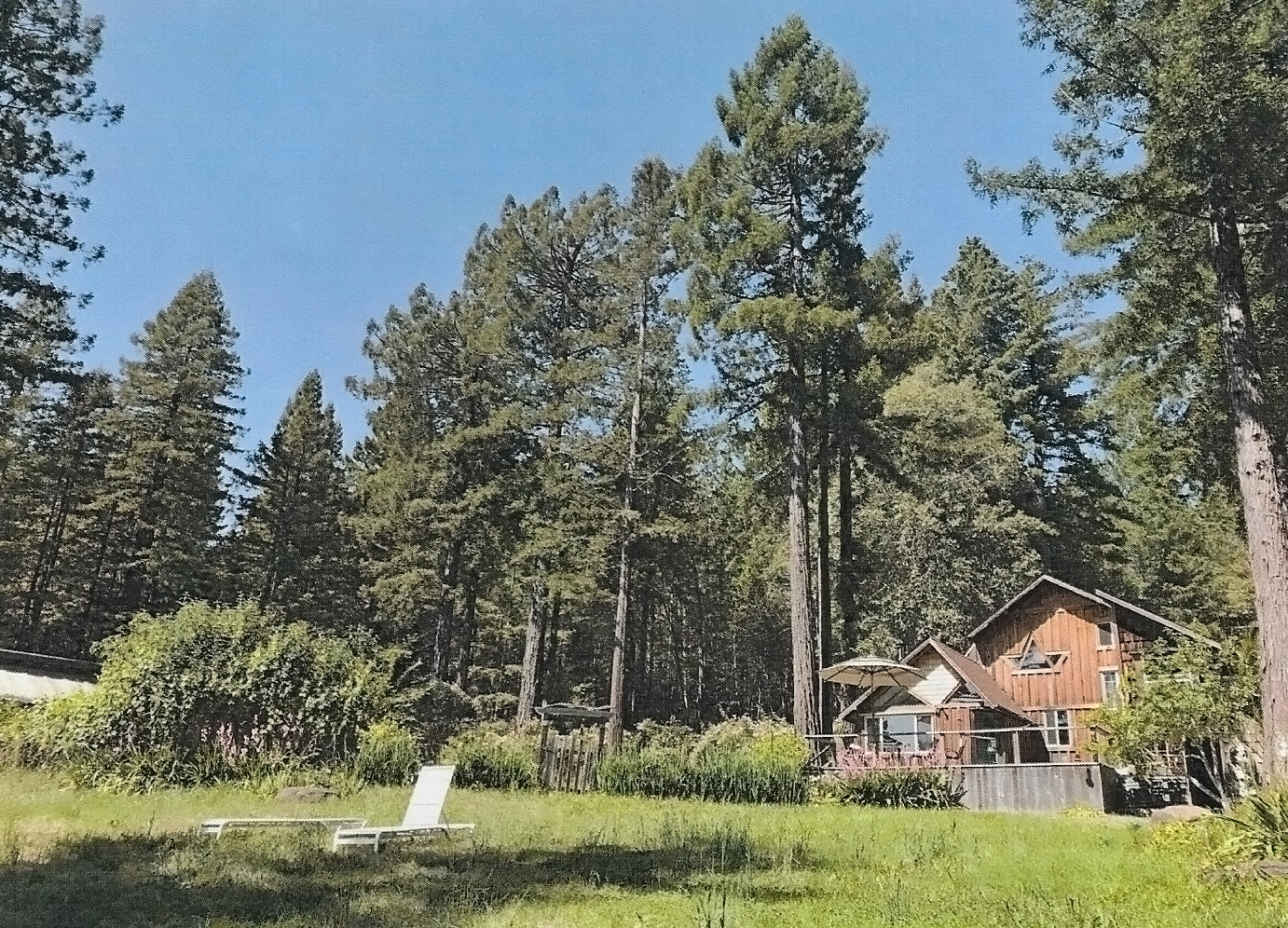
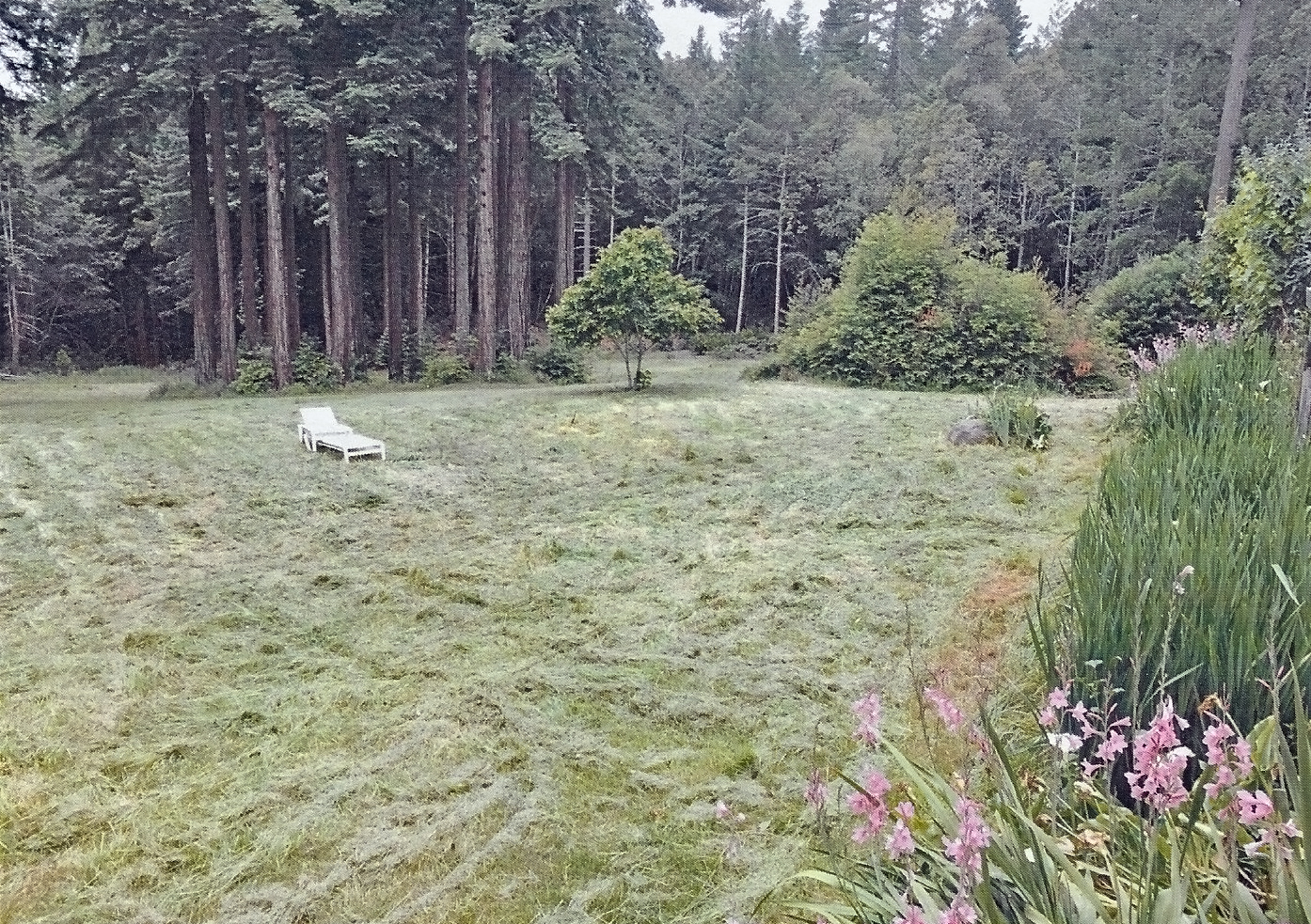
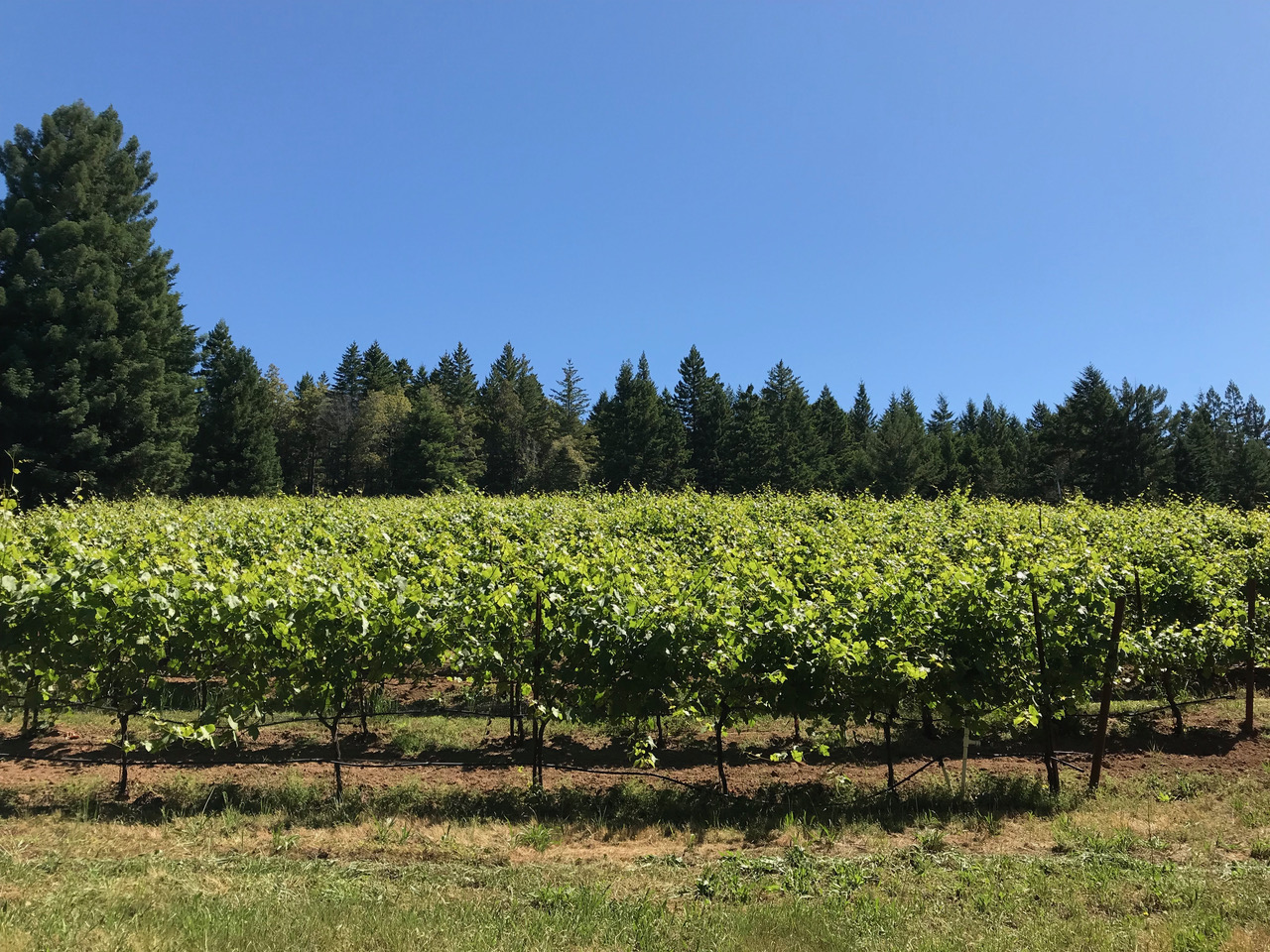
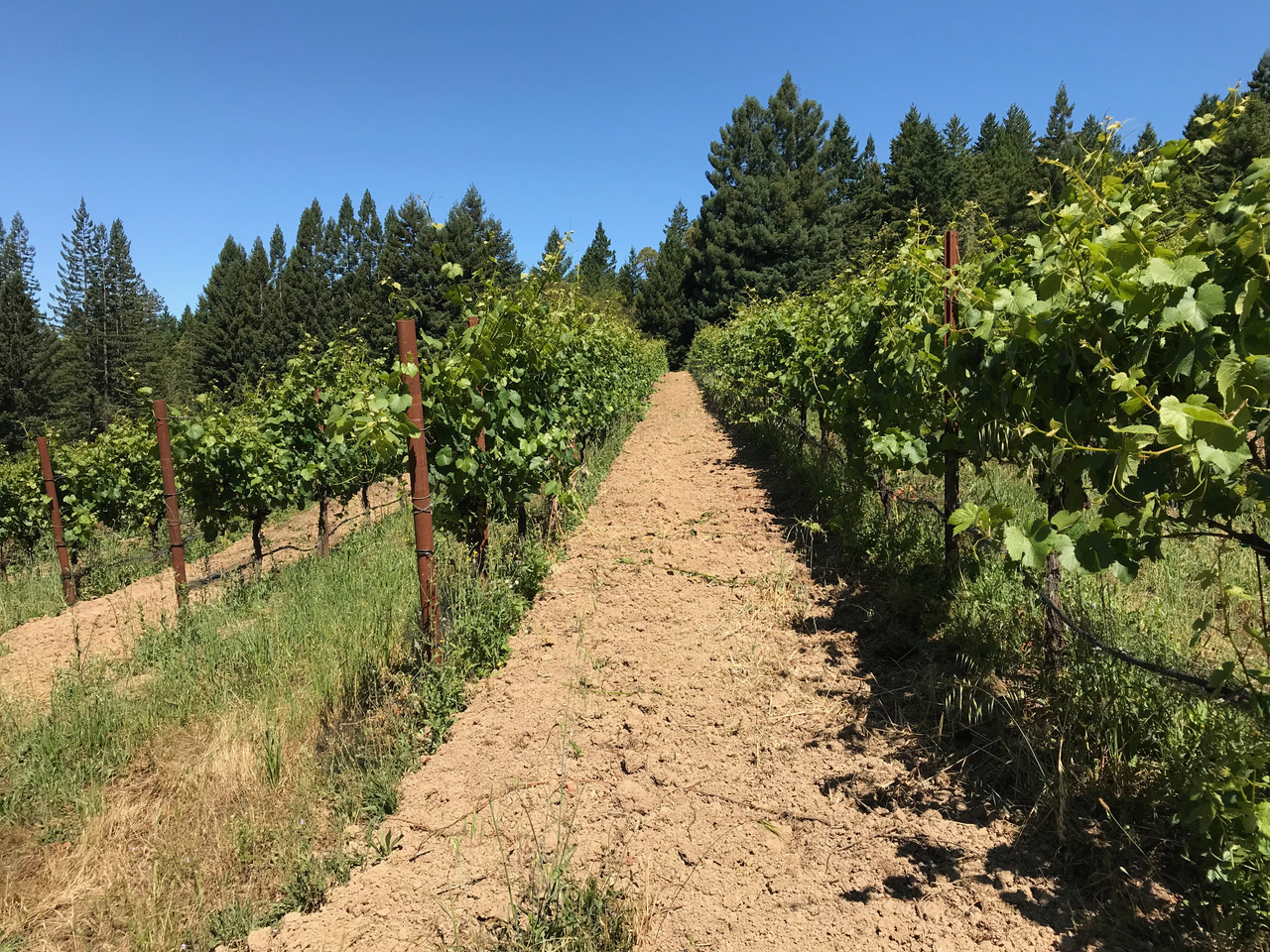

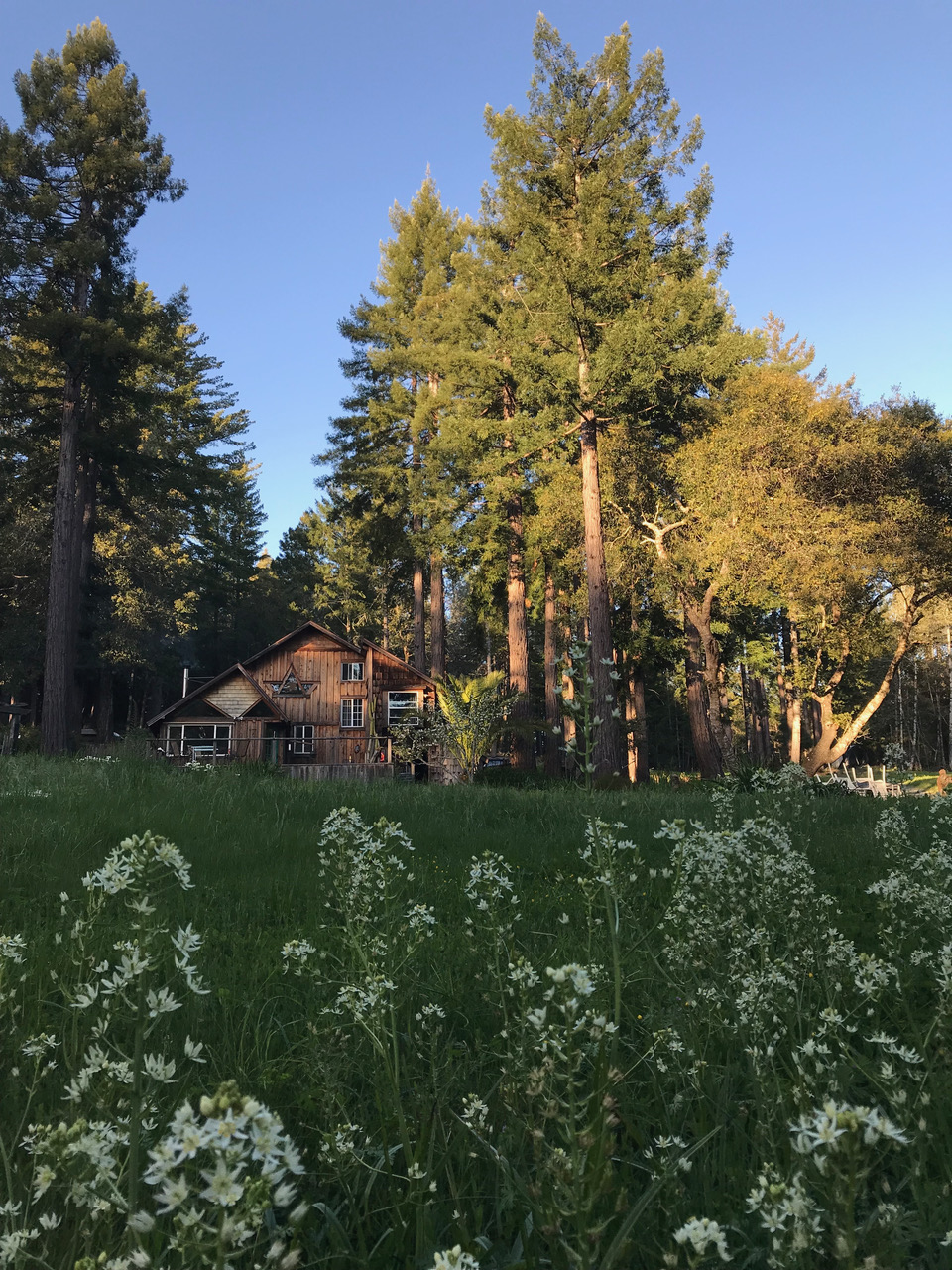


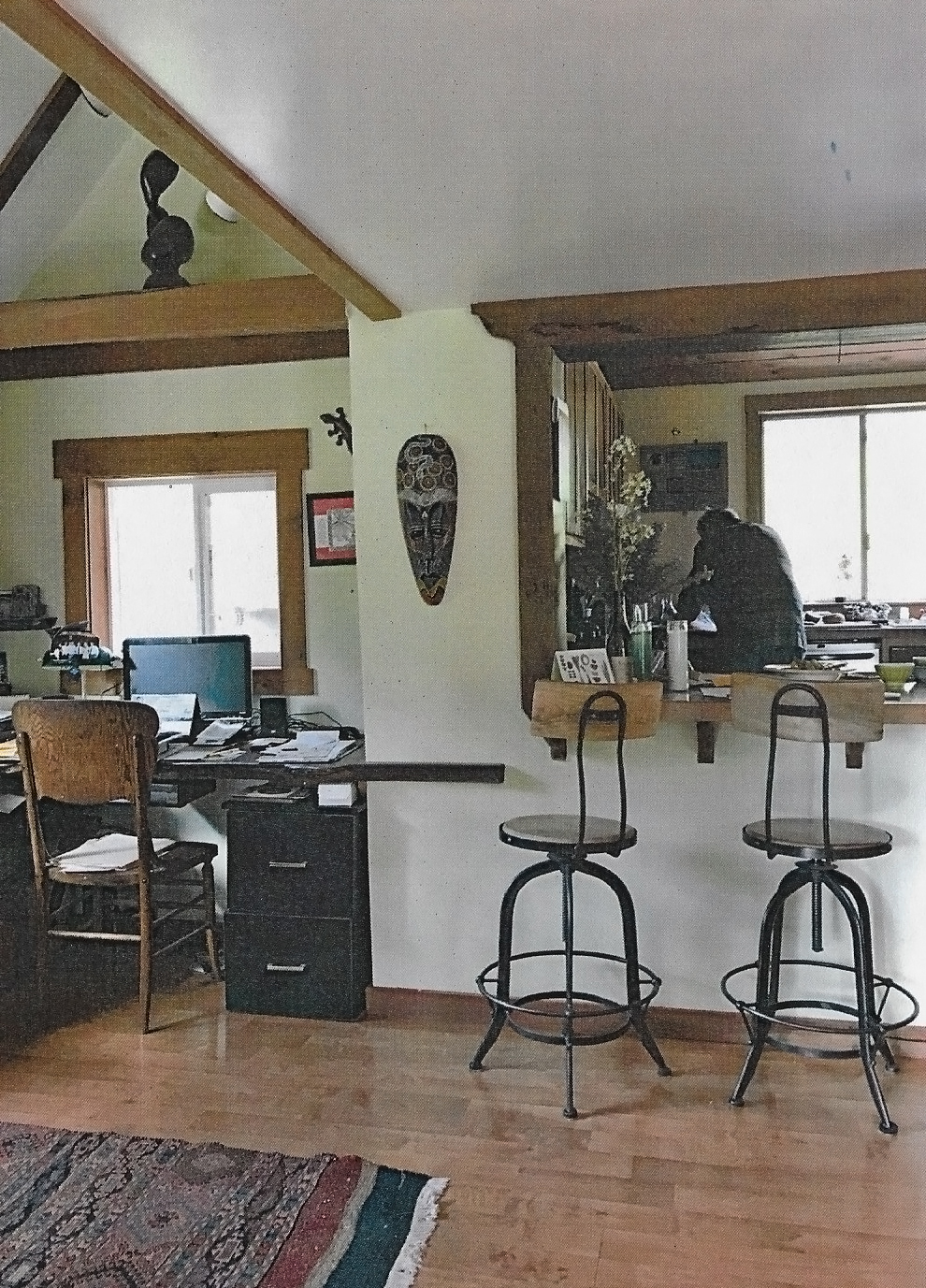
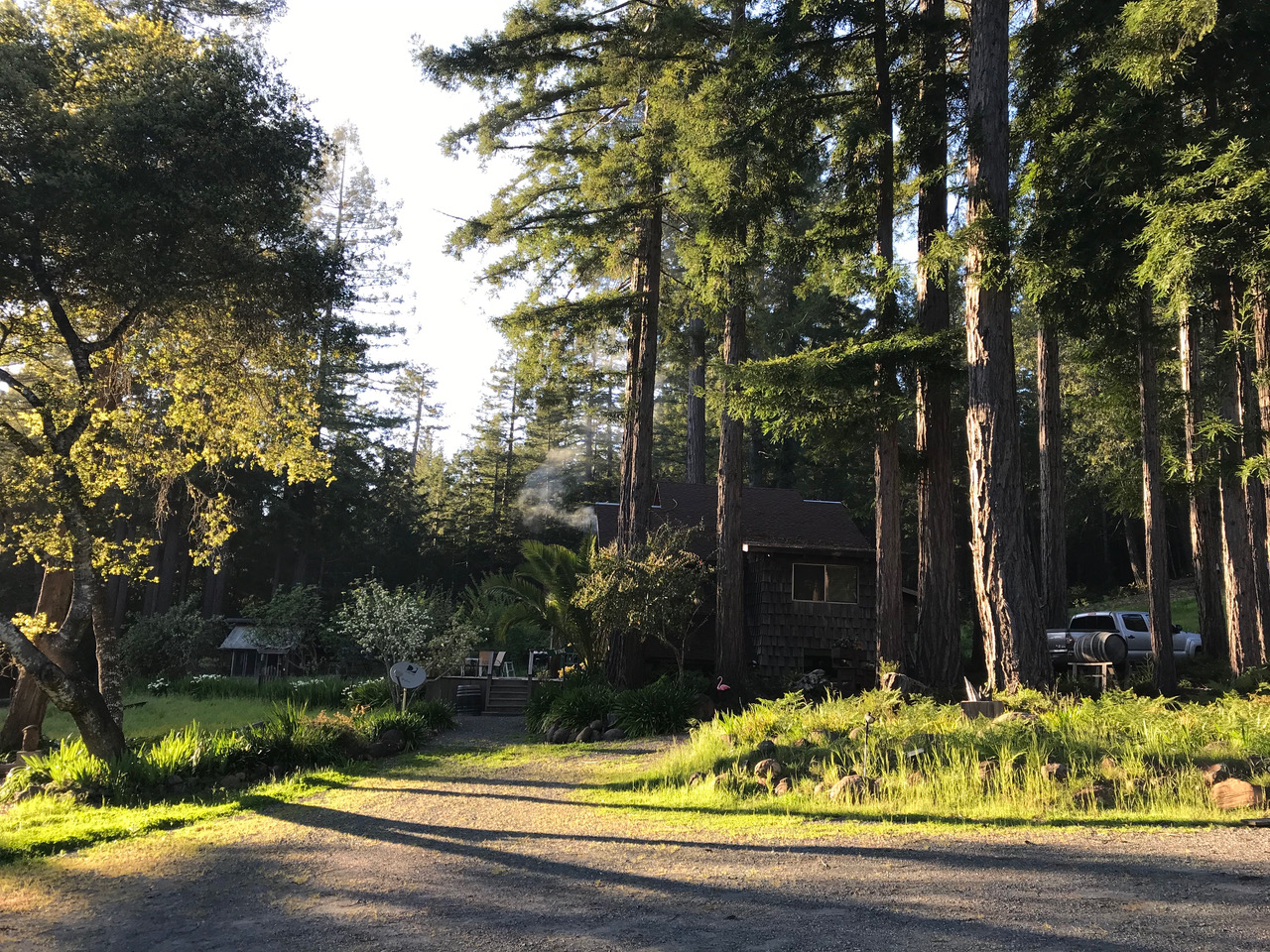
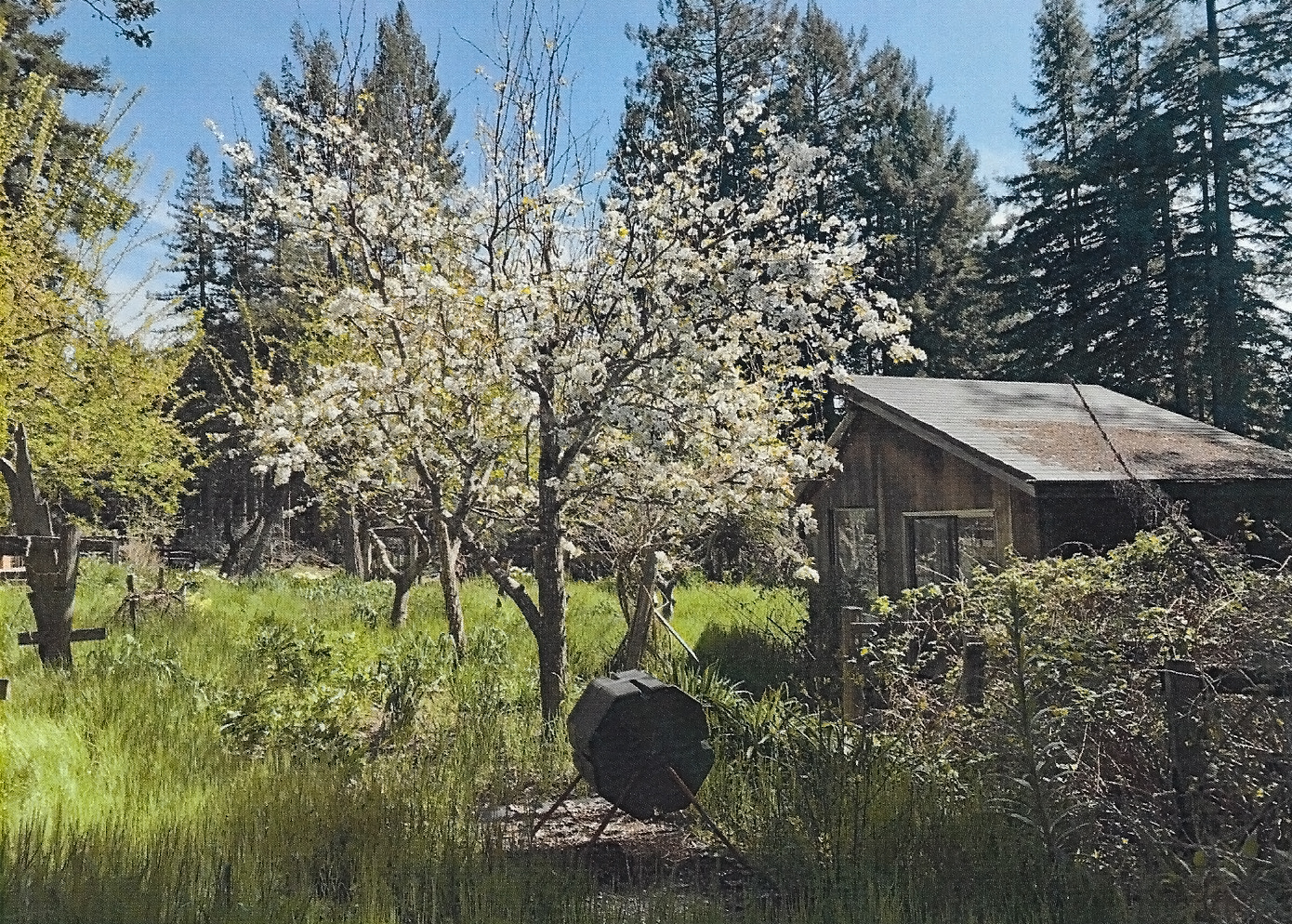
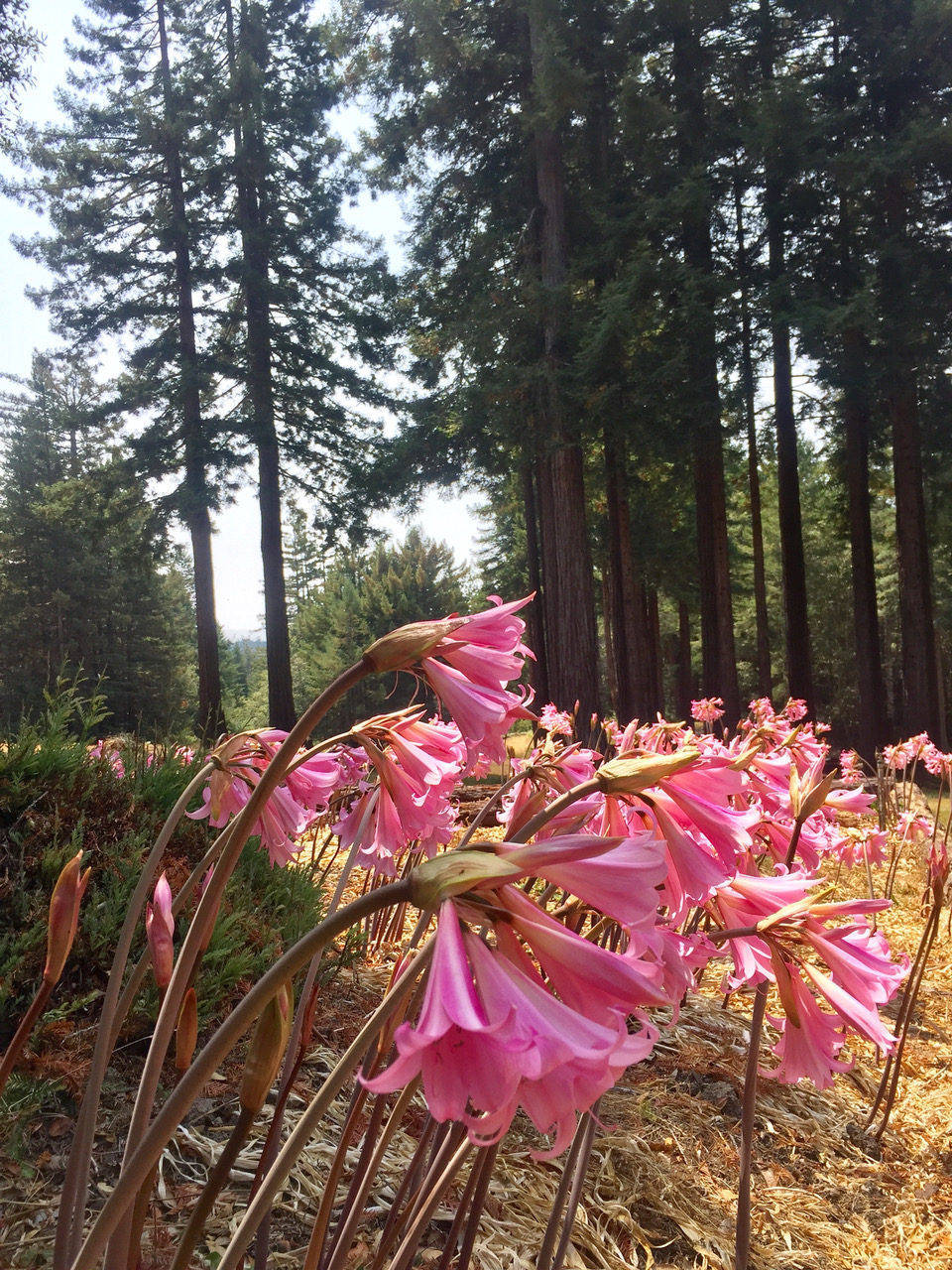
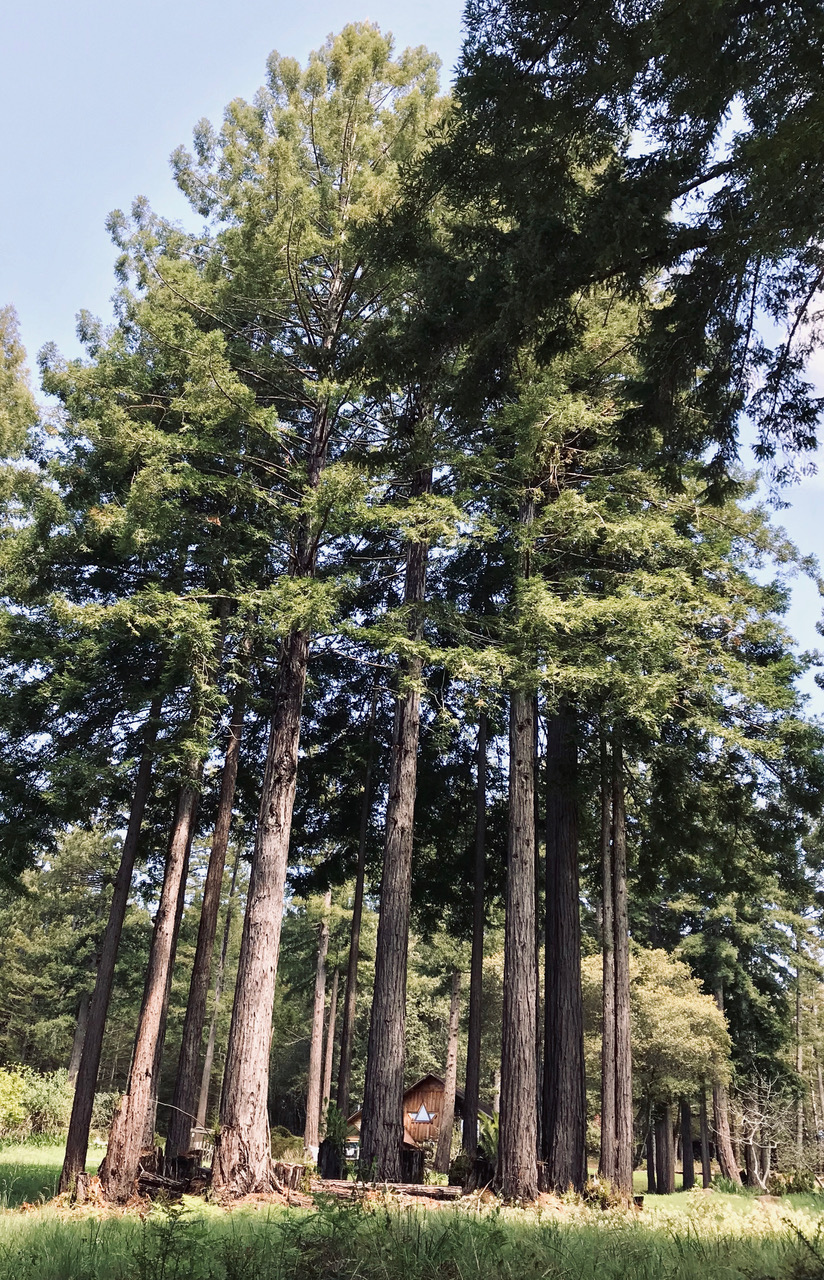
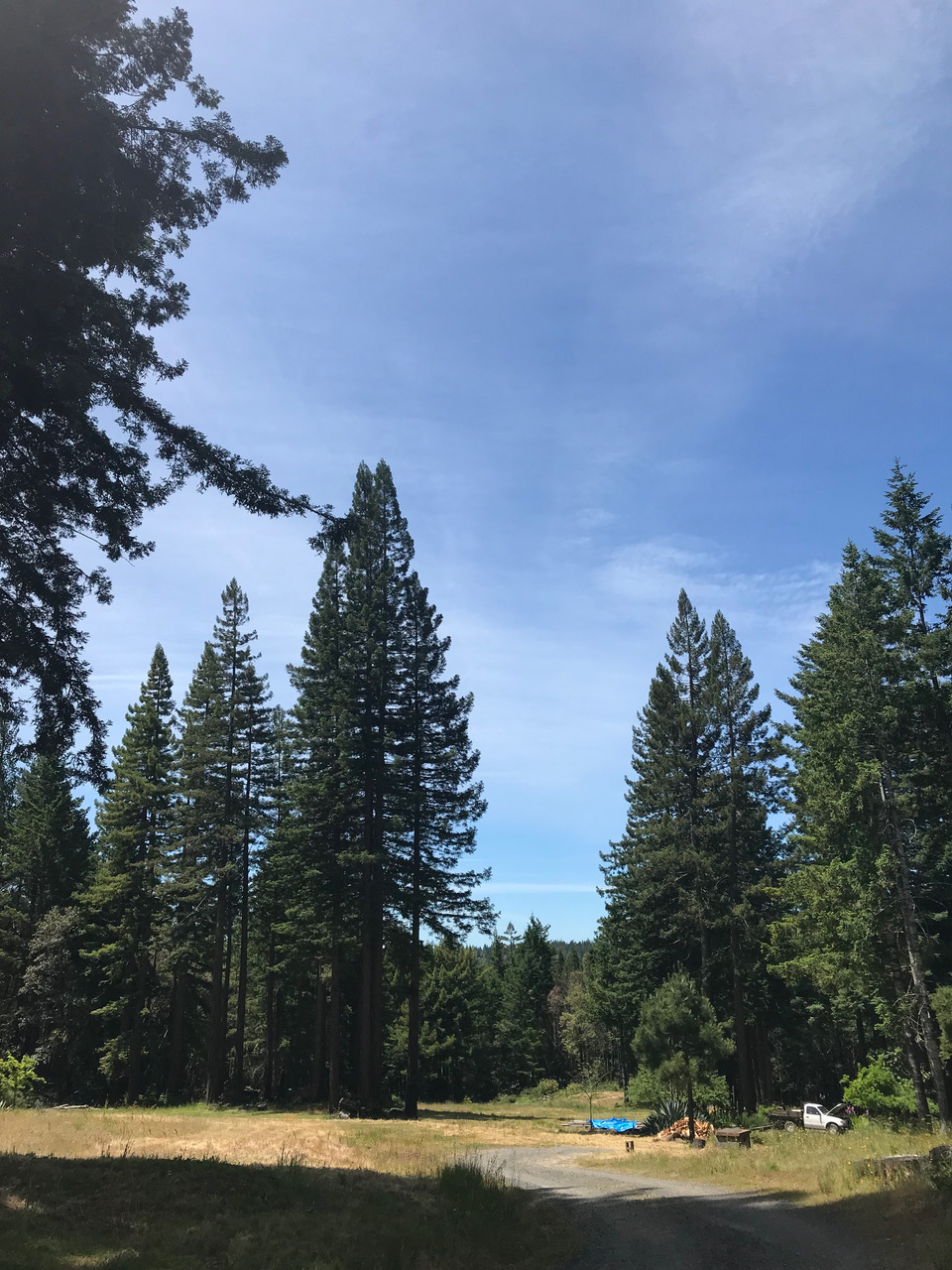
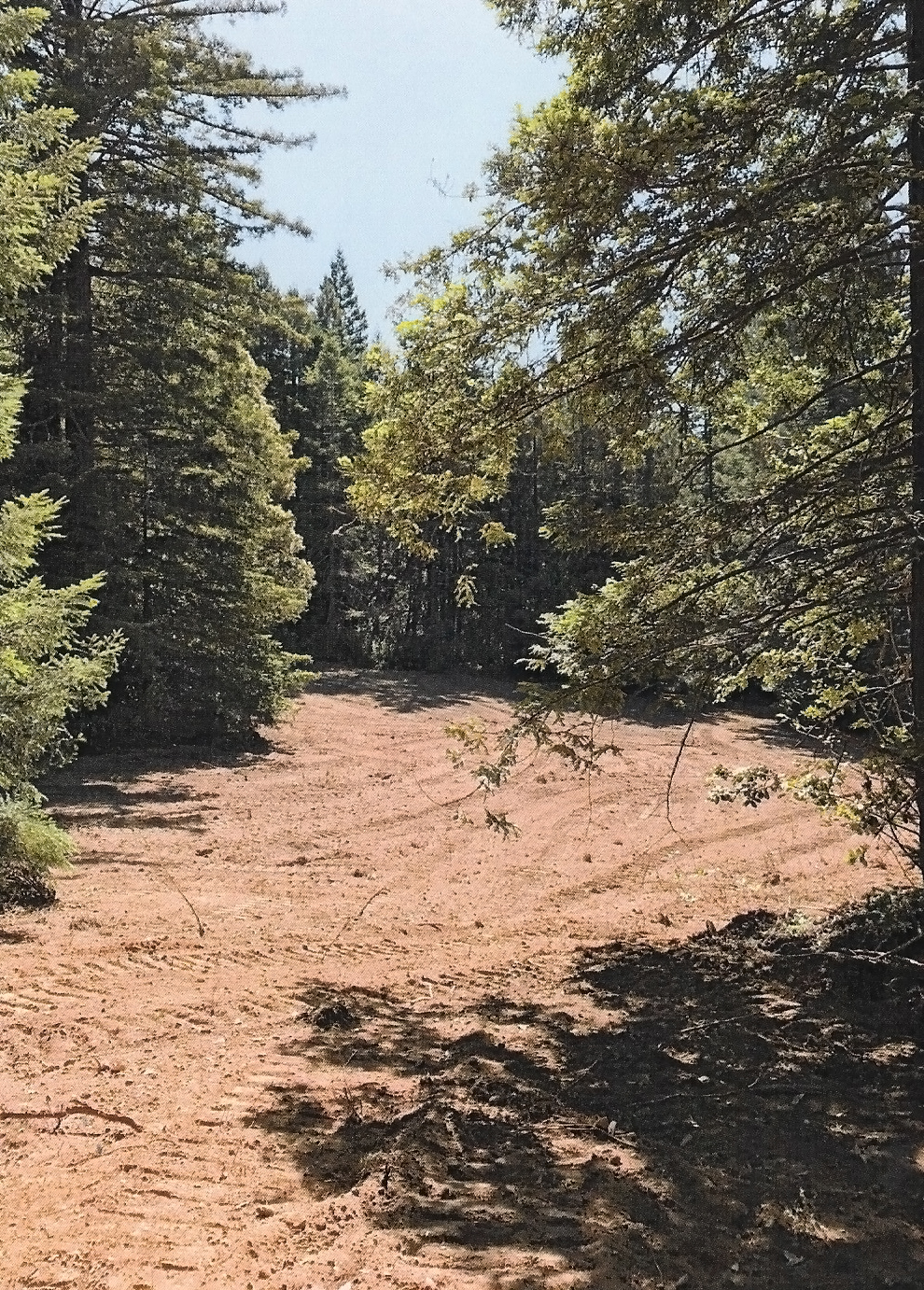
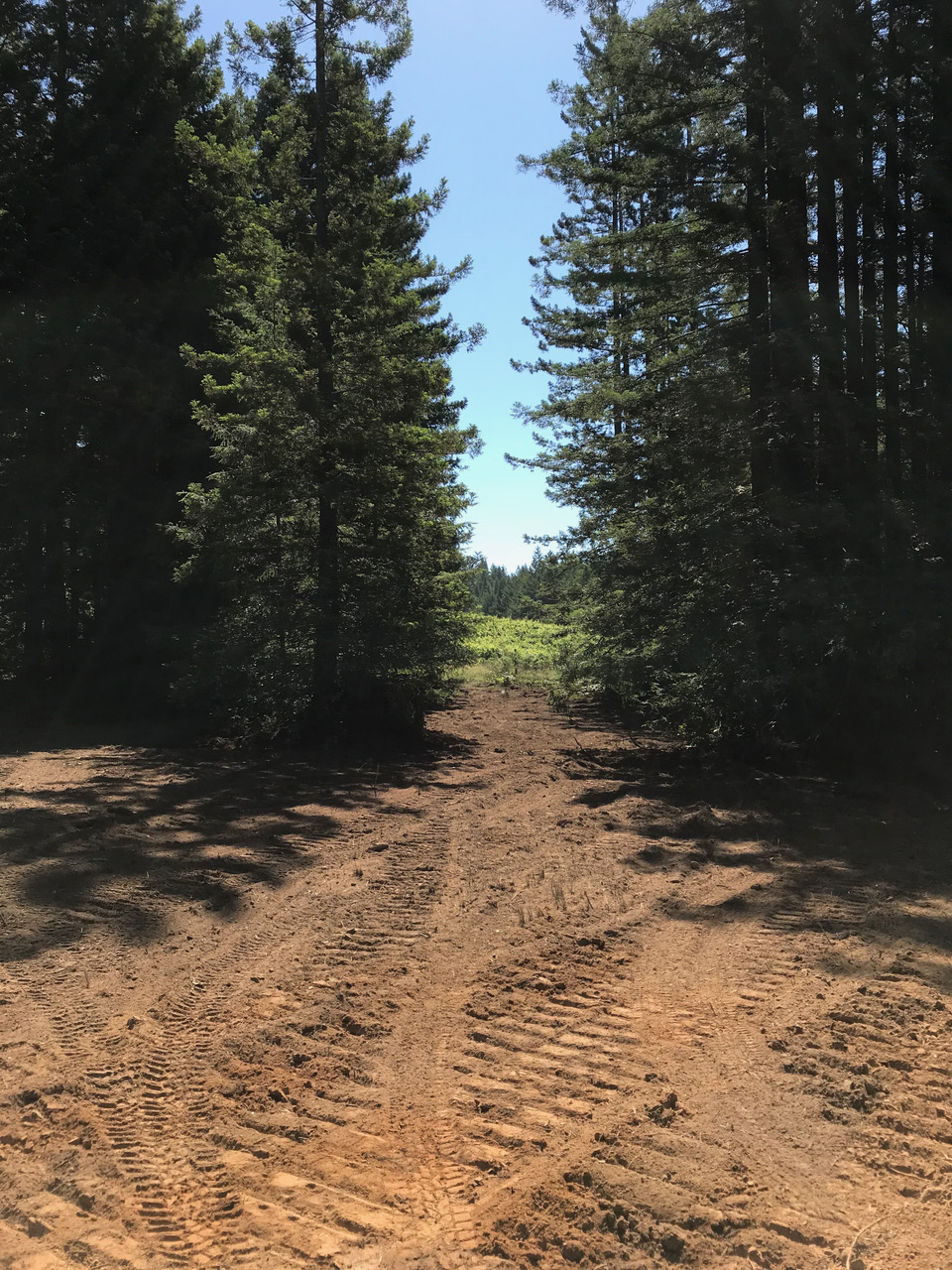
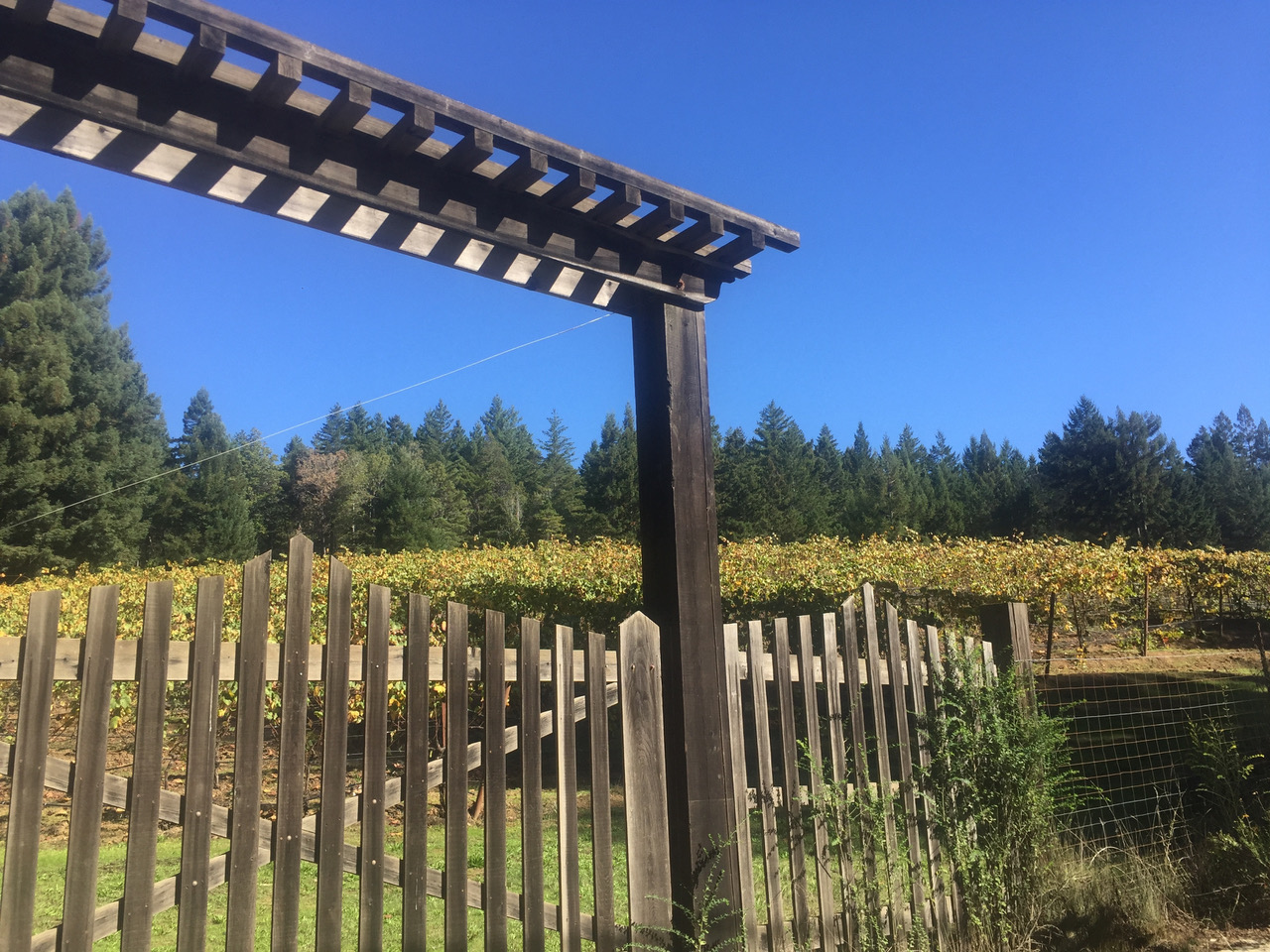
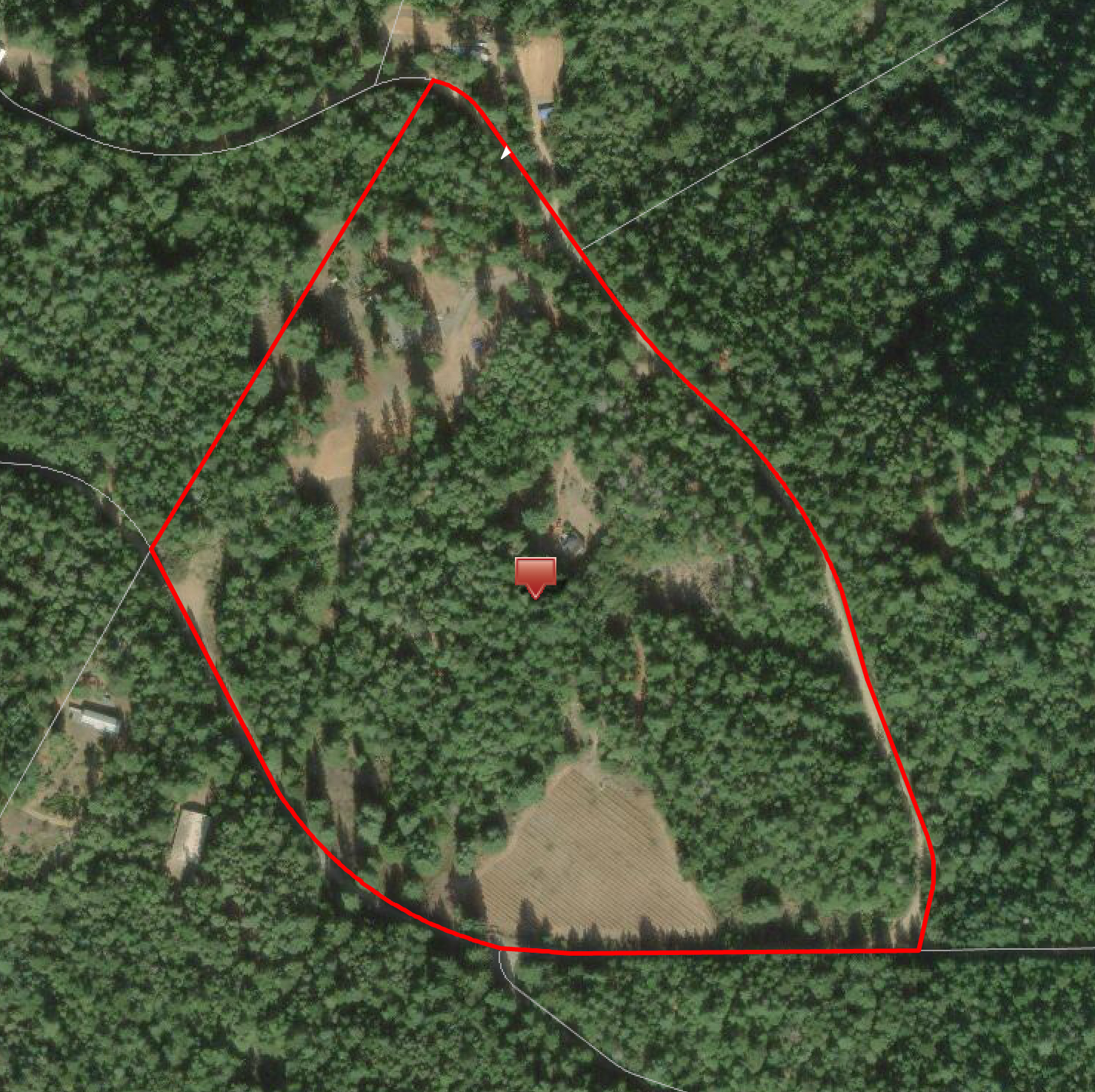
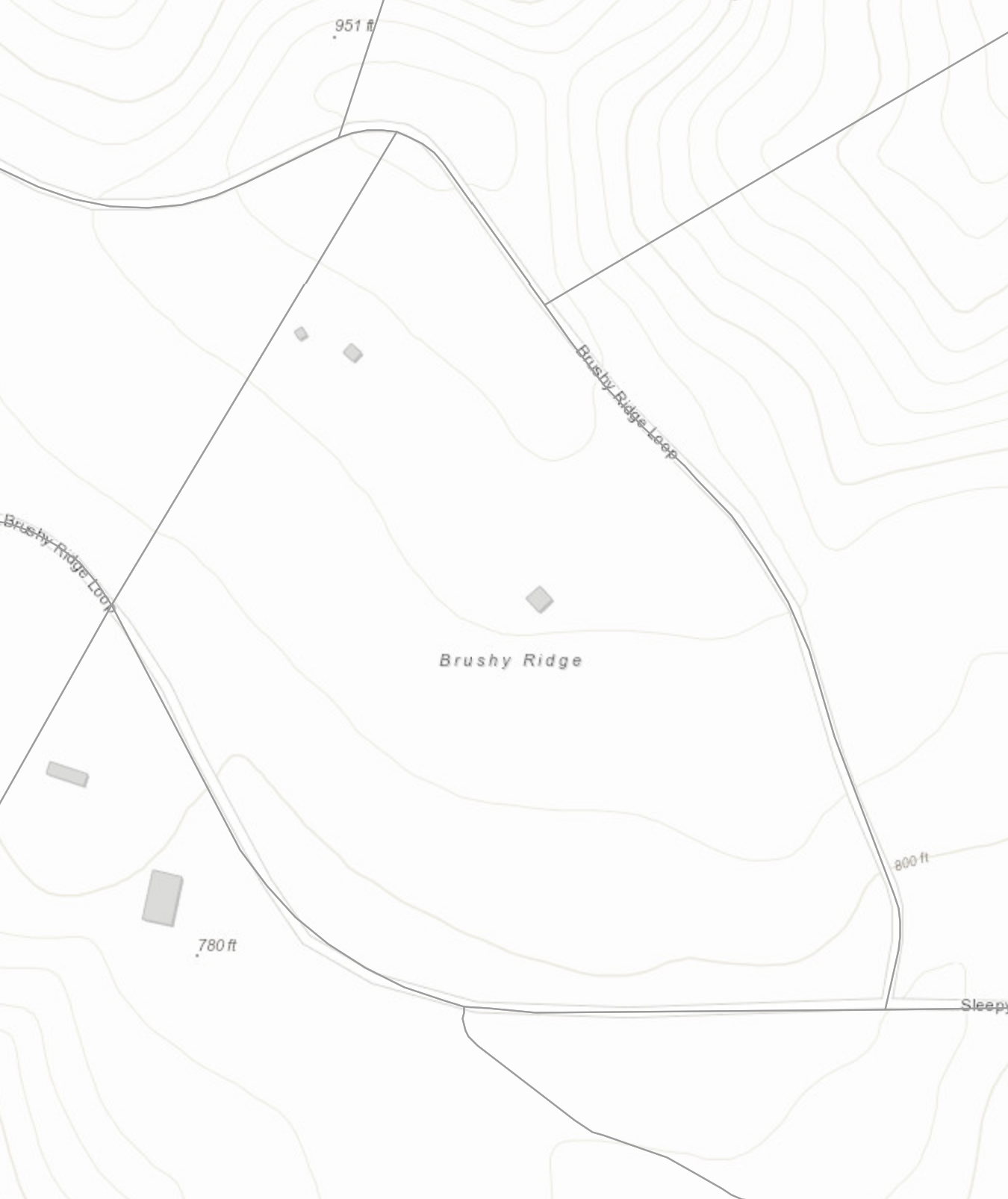
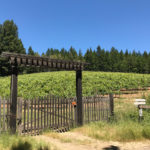
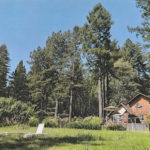

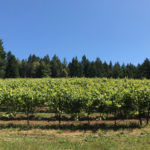
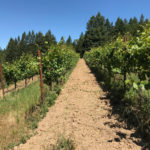




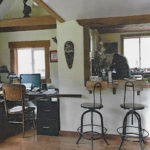
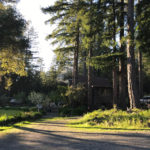
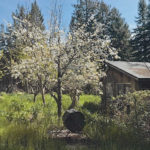
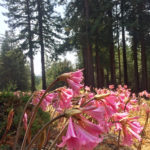


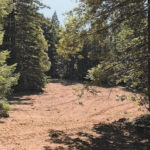
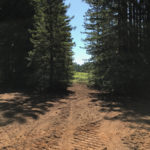
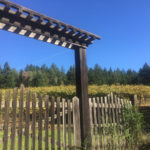
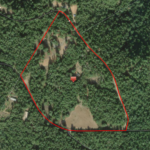

Peace, quiet and premium Pinot Noir in the true Sonoma Coast AVA. This banana belt location on the north coast just above Sea Ranch in northern Sonoma County offers privacy and an excellent opportunity to tune out from the noise of everyday life. Leave the pavement behind, travel 3 miles on a rock-based road and tune into nature.
From the coast, head east from Sea Ranch on Annapolis road to the top of the ridge. Located at 600 foot elevation about a mile from the ocean as the crow flies / a 20+ minute drive by car from the beach. This area provides a wonderful banana belt style climate, not too hot, not too cold, just right. In addition to the vineyard the property has apple, plum, pear, lemon, pluto, orange and fig trees. There is also a wonderful garden for flowers and produce.
This 40 acre parcel is unique for the area in that much of the land is gently sloping offering usable space for vineyard, gardening, hiking or just gazing up at the star lit nights. The property has two rustic but very cute cabins. Both were built over time but stand tall with love and care. Power is provided by PG&E and there is a private well with adequate good quality water.
The vineyard sits at approximately 600 foot elevation on a south facing slope and was planted in 2000 to Pinot Noir with the 777 clone. This part of the Sonoma Coast AVA is known to produce very high quality Pinot Noir.
Wilson vineyard has a long history of producing high quality wine grapes that go into ultra premium wine. The 2016 Capiaux Wilson Vineyard designate Pinot Noir received a 94 point score from the Wine Advocate, Antonio Galloni.
While many would consider getting to Wilson Vineyard an adventure, most would agree that once you have arrived it is hard to leave. Be sure to bring your imagination and leave the rest behind.
Asking $799,000
Click Here For Wine Country Real Estate Articles, Facts and Figures
14,000 vineyard acres
55 wineries
Earned AVA status in 1981 (amended in ’85 & ’87)
The Sonoma Valley Appellation (AVA) centers on the Sonoma Valley. It is also has the name of The Valley of the Moon in the southern portion of the county. The appellation borders two mountain ranges: the Mayacamas Mountains to the east and the Sonoma Mountains to the west.
Along with being the area where so much of Sonoma County’s winemaking history took place, the area is known for its unique terroir. Sonoma Mountain protects the area from the wet and cool influence of the nearby Pacific Ocean. The Sonoma Mountains to the west help protect the valley from excessive rainfall. The cool air that does affect the region comes northward from the Los Carneros region and southward from the Santa Rosa Plain.
Because the valley cools from the north and south, it is different from other California north-south-oriented grape growing valleys in the interior. The daily wind that makes its way into the northern and southern sections of the valley slows ripening. This prolongs hang time and promotes natural balance in the wines. In the appellations of the North Coast, the wind is unique to Sonoma Valley and Carneros.
The soils of the Sonoma Valley, like the rest of the county are varied. One finds a wide disparity between valley floor and mountain soils. Those found in flatter, valley areas tend to be quite fertile, loamy and have better water-retention. The soils at higher elevations are meager, rocky and well-drained. In general, the structure, rather than the composition of the soil, is the deciding factor where grape plantings are concerned. More Info.